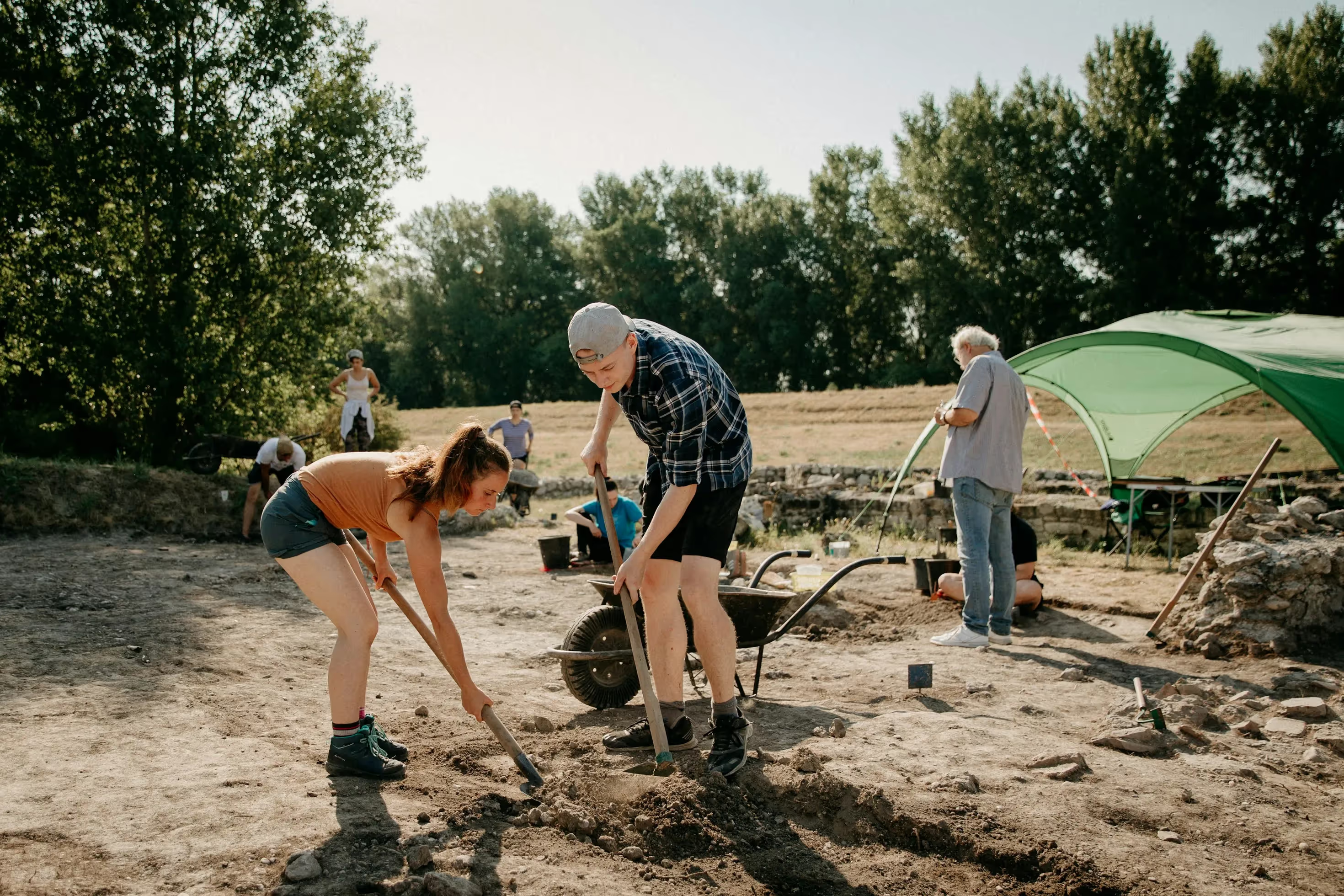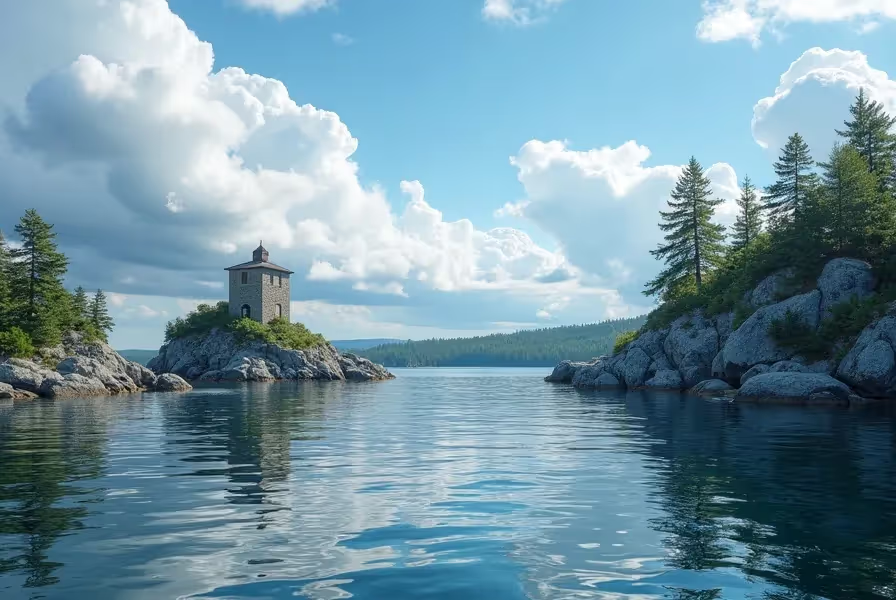Cultural and Heritage Preservation Careers in Science & Engineering
Many young aspiring scientists and engineers often envision themselves designing rockets, creating innovative tech, or developing cures for diseases. While these are noteworthy aspirations, it's equally significant to know that science and engineering can lead you into the fascinating realm of cultural and heritage preservation. This field unites cutting-edge technology, meticulous research, and passionate devotion to safeguarding our shared history.
As we delve into the interdisciplinary possibilities of cultural and heritage preservation with a science or engineering degree, be prepared to discover a strangely intriguing aspect of these career paths which you might not have envisioned before.
Introduction
Cultural and heritage preservation is a broad field committed to preserving, documenting, and interpreting cultural artifacts, historical buildings, and significant sites. Often, when we think of people working in this field, we imagine archaeologists or museum curators. But there is an increasing need for science and engineering professionals who can apply their skills to examine historical materials and structures, and to develop methods for conserving them.
Advanced technologies are bringing unprecedented opportunities. Science-equipped conservators are now using infrared spectroscopy to examine paintings, engineers are using ground-penetrating radar to explore important archaeological sites without the need for destructive excavation, and Artificial Intelligence algorithms are recreating lost sculptures and historical documents.
From nanomaterials to digital humanities, countless streams of science and engineering are pouring into the domain of cultural preservation. For those fascinated by history, culture, or heritage, and armed with a science or engineering degree, a career in this field can be a meaningful and fulfilling adventure.
The Fascinating Blend of Past, Present, and Future
The blending of science and cultural preservation typically offers a multidisciplinary approach to solving problems which could not be addressed a few decades ago. Consider the example of biomolecular archaeology. This tomicurious field harnesses the principles of chemistry, biology, and genetics to extract information sealed in ancient artifacts -- studying residues on pottery to determine what food our ancestors ate, or examining mummified remains to assess the diseases they battled.
On the engineering front, aspiring preservation engineers are tasked with assessing historical structures’ stability, predicting potential risks, and defining conservation-related interventions. This career path unites architectural heritage with structural engineering — creating a niche, but an incredibly pertinent role especially in an era when numerous historical structures are in danger due to climate change and urbanization.
Opportunities & Challenges
Jobs in cultural and heritage preservation exist in government organizations, museums, historical societies, archaeological sites, and preservation-focused NGOs. Adding a science or engineering perspective to your cultural preservation role will give your career a unique pathway — one which brings new life to old history.
However, despite the countless opportunities offered, this field still continues to pose significant challenges. Working in preservation often presents unique ethical questions, and technological advancements, while helpful, can sometimes lead to further eroding cultural property rights. Balancing respect for thousands of years of heritage with forging new paths of understanding and interpretation is at the heart of this unique career choice.
Conclusion
The intertwining of science, engineering, and cultural preservation might seem unusual. Still, it remains an increasingly compelling avenue for those enticed by the ancient past and committed to ensuring its future survival. Your love for science and engineering does not prevent you from playing a crucial role in cultural and heritage preservation. If real-world problem-solving, history, and culture stimulate you, then science-aided conservation is a career path worthy of consideration.
Embarking on a journey in cultural and heritage preservation can be an unexpected but enriching turn for science and engineering students. It's an opportunity to apply technical skills to protecting and understanding our shared past. It's a chance, in essence, to become a time traveler, to look back, save the present, and construct the future. So let's celebrate this intersection of disciplines and open our minds to the limitless potential of a career in heritage science or engineering preservation.
Who knew preserving the past could be the pathway to shaping the future?
















.svg)



